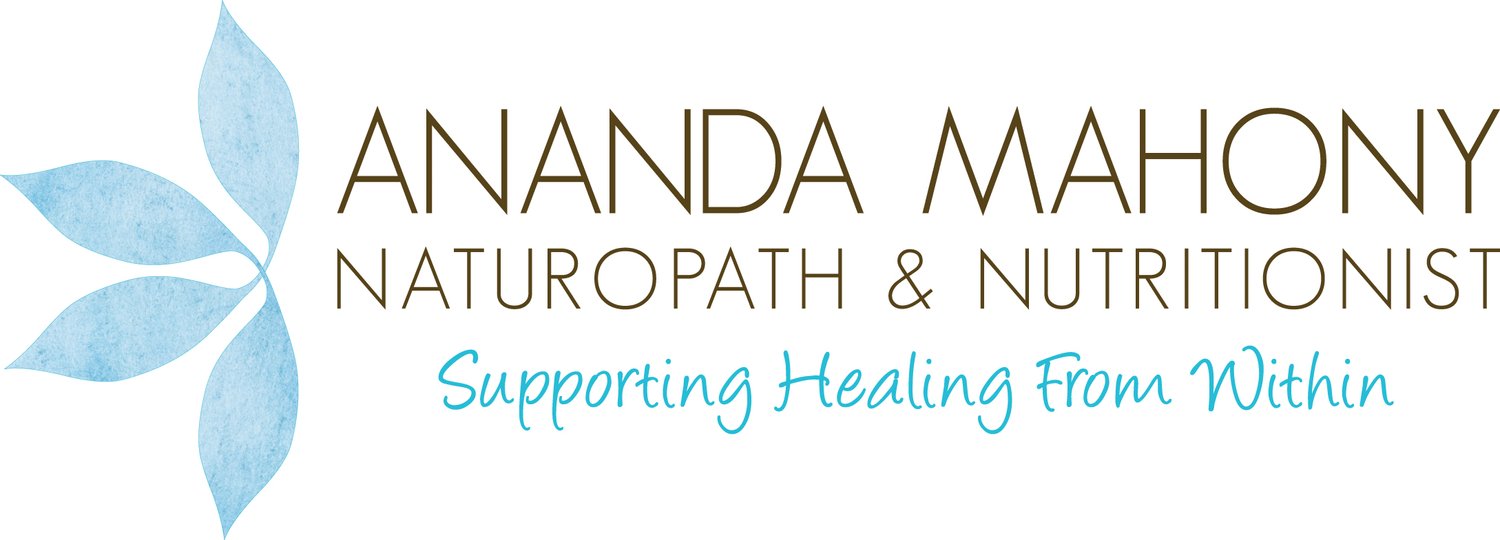Stress gets under the skin
From a health perspective, my skin is my vulnerable organ; for me everything shows up on the surface. Stress in particular is a ‘skin trigger’. I have changed my health significantly since the days of breakouts and chemical sensitivity so they aren’t issues anymore, but my skin still tends to be reactive in response to stress looking drier and flushing easily.
Skin is one of the key defence systems of the body with the outermost layer providing a natural barrier to water loss and potential toxins or microbes. It is exposed to numerous daily stressors such as infections, toxic agents (artificial fragrances), allergens, UV light and mechanical damage and is usually well equipped to respond and protect from these environmental factors. However, in those with skin conditions such as psoriasis, chronic itching, eczema and rosacea, both environmental and psychological stress can be a trigger for acute flare-ups as well as sustaining chronic issues.
Stress impacts aren’t just about major life events. It is often the ongoing daily pressures of life that creates a chronic stress burden, eventually leading to less overall stress resilience. The depth of this impact is in part a reflection of genetics, but also of cumulative experiences over time. Of considerable influence are individual health behaviours such as sleep, hygiene, activity levels, diet and substance abuse (alcohol, excess sugar intake, recreational drugs, cigarettes etc). The more we move away from healthy practices such as enough sleep, regular exercise and a healthy diet, the more burden on the body and the more likely maladaptive stress responses will develop.
When stress is constant, individuals with skin conditions can lose resilience at a local skin level as well. As a consequence there is less innate ability to regulate immune and inflammatory responses within the skin. Essentially stress leads to increased inflammation and potentially worse disease severity.
Naturopathy has long understood that the body is a connected, whole system (being); not something made up of separate parts or systems. The connection between stress and skin nervous system is termed psycho-neuro-endocrine-immunology (PNEI), which explores the links between the mind (our thoughts and emotions), nervous system (fight and flight responses), hormones, and immune function, all of which profoundly influence skin health. Stress, emotions, and psychological states can trigger neuropeptides and stress hormones like cortisol, which in turn affect immune responses and inflammatory pathways in the skin. This interplay is evident in conditions like rosacea, eczema, psoriasis, and premature aging, where stress-induced immune dysregulation leads to inflammation, impaired barrier function, and delayed wound healing. Additionally, the skin itself is a neuroendocrine organ, producing hormones and chemicals that communicate bidirectionally with the brain and immune system.
The impacts of PNEI interactions on skin include:
Reduced skin barrier leading to trans-epidermal water loss (TEWL) so skin looks and feels dry and dehydrated. Dry/dehydrated skin skin also becomes more sensitive to environmental stressors e.g. topical creams or temperature changes.
Reduced local antimicrobial defence leading to greater risk of infection from microbes residing on the skin e.g. staphylococcus aureus, a common cause of secondary infection in those with eczema.
A significant increase in pro-inflammatory chemicals in the skin contributing to both acute and chronic inflammatory responses – skin may present as more red, more reactive, itchier or with increased plaques in the case of psoriasis.
Delayed recovery time.
An example of these effects are seen in the general psoriasis population, which is vulnerable to the exacerbation of inflammation such that a stressful event/s can significantly aggravate the course of the condition. Up to 80% of individuals with psoriasis report a stressful life event prior to a flare up and 45% prior to the onset of the disease.
Fortunately there are many positive skin benefits associated with improved stress resilience and while there is no doubting the benefit of enough sleep, a healthy diet and exercise, adding regular mindfulness practice to usual treatment can have significant benefit. For example, in a group of psoriasis patients’ regular mindfulness practice led to a 4 fold increased clearing rate of skin lesions. Mindfulness based practice has also been shown to reduce post-stress inflammatory responses and increase symptom relief following skin damage.
There are numerous ways to improve stress resilience using self care and mindfulness but I find while many may work in the short term, sustained practices are those that really make the difference…practices that, while they may take time and effort, really make you feel good. I find that implementing mindfulness and self-care is less prescriptive and more a journey of discovery, trying new techniques or remembering things you used to do regularly and enjoy. Many of the practices are quite simple:
Green therapy – a favourite of mind, which is spending time in nature
Mindful breathing practices
Meditation
Mindful walking – being present and observing your movement
Head to toe scanning to tap into body sensations
Regular magnesium baths or foot soaks
Journalling – thoughts, frustrations, things to be thankful for
Practicing gratitude
Reading for pleasure
I generally encourage patients to pick one and ‘try it on to see if it fits’. While it may take sustained effort something will feel good. The aim then is to make it part of a daily, weekly or regular practice and this is when the benefits will be felt, and seen on the skin.

